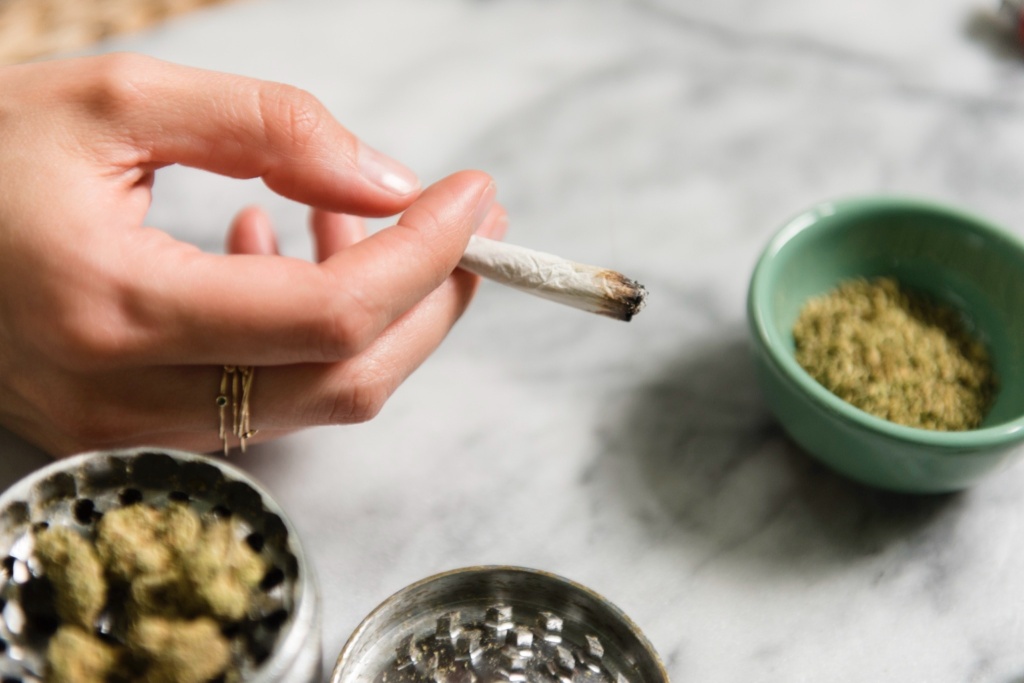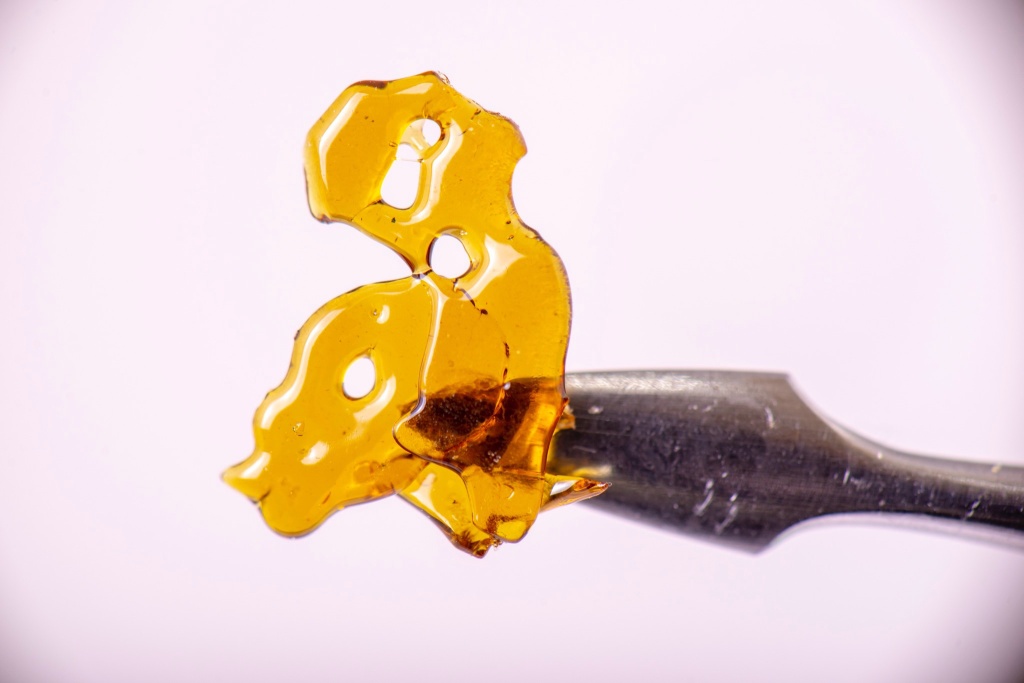How long does a weed high last? It depends

Ever wonder why some highs fade fast while others last for hours? It’s about your body, your brain, and everything in between. With that in mind, it is very important to recognize that cannabis is not “one size fits all,” but rather a chemical process within our bodies. That said, there are several scientific principles to help determine this loaded question: how long does a weed high last?
RELATED: Marijuana, cannabis, hemp: what’s the difference?
Understanding the effects of THC is conducive to a variety of factors, like weight, diet, hydration, and tolerance. Dosage, potency, individual metabolism, and even mood or environment all play significant roles. All of these can shift how long the effects last or how intense they feel.
Ways to Consume Cannabis
When a person does consume cannabis, it can produce very different kinds of highs, mainly because each method processes cannabinoids through different pathways in the body. Here’s a primer on the common consumption methods.
Inhalation
Smoking cannabis or vaping delivers cannabinoids like THC directly to the lungs, where they enter the bloodstream almost instantly. This rapid absorption leads to near-immediate effects, and users will feel the effects usually within seconds to minutes.
Edibles and Beverages
Edibles and cannabis-infused drinks, on the other hand, must pass through the digestive system. The liver metabolizes THC into a more potent compound called 11-hydroxy-THC, which crosses the blood-brain barrier more efficiently. The result is a slower onset (30–90 minutes) but a longer-lasting and often stronger high that can feel heavier or more body-centered. Consuming edibles requires more restraint than smoking since the dosage is harder for a consumer to regulate.

Tinctures and Sublinguals
Tinctures and sublingual drops are absorbed through the mucous membranes under the tongue, bypassing the liver for faster, more controlled effects—somewhere between smoking and edibles in both timing and duration.
Topicals
Topicals, such as CBD lotions or balms, usually don’t produce a high at all because cannabinoids applied to the skin don’t typically enter the bloodstream. Instead, they offer localized relief for pain or inflammation.
RELATED: Can you eat raw weed? Spoiler: it’s not what you think
Suppositories
Cannabis suppositories deliver cannabinoids directly to pelvic tissues, offering targeted relief. Findings in a preliminary randomized controlled trial of women suggest suppositories are a promising, localized therapeutic option.
The Effects of Cannabis
How it feels to be high can vary widely depending on the amount of cannabis consumed, the strain, or individual tolerance, but it typically brings both physical and psychological effects. Physically, users often feel relaxed, light, or slightly heavy in the limbs, with heightened sensory perception—colors may seem brighter, music more immersive, and food more flavorful. Some also experience altered time perception, feeling that minutes stretch into hours.
Psychologically, the high is often described as euphoric or blissful, accompanied by an uplifted mood, laughter, or deep introspection. For some, it enhances creativity or focus, while for others it brings a dreamy, detached calm.

One unique effect of cannabis is the munchies. The cannabinoids bind with CB1 receptors in the brain, enhancing smell and effectively stimulating taste, while also boosting dopamine. Like aromatherapy, the terpenes in cannabis are “essential oils” that can help tie munchies to certain satiating foods.
However, not every effect is pleasant. Common adverse effects include dry mouth (“cottonmouth”), red eyes, increased appetite (“the munchies”), and short-term memory lapses. In higher doses or for sensitive users, cannabis can trigger hallucinations, anxiety, paranoia, dizziness, or a rapid heart rate. Overconsumption of edibles can lead to disorientation or panic, since their effects take longer to onset but last much longer.
How Long Does a Weed High Last?
The length of a cannabis high can vary widely from person to person, based on several factors, including a person’s tolerance or metabolism, and whether the products have higher THC or are specifically THC concentrates. There’s no exact timeline that fits everyone, but some general ranges can help set expectations.
Inhalation
When smoking or vaping, effects usually appear within minutes and last about one to three hours. The high tends to peak quickly, tapering off gradually. Experienced users may find the comedown smooth, while newer users might feel drowsy or hazy afterward.

Edibles and Beverages
With edibles or infused drinks, the experience is quite different. Because the liver processes THC into 11-hydroxy-THC, a more potent compound, the onset typically takes about 30 to 90 minutes, but the high lasts much longer (often four to eight hours). Some lingering effects can even stretch 24 hours for high THC doses, causing an effect similar to a hangover.
Tinctures and Sublinguals
Tinctures absorbed under the tongue typically take effect in about 15 to 30 minutes and last two to four hours, offering a middle ground between smoking and edibles. Many medical patients turn to these consumption methods as they can be gentler and less invasive.
RELATED: What’s really in your rolling papers? Myths, facts, and hidden risks
Topicals
Topicals generally don’t produce any high since cannabinoids applied to the skin don’t reach the bloodstream. However, they may provide localized relief from aches and pains or skin conditions like eczema. Depending on the potency of the topical and the type, anecdotal reports suggest the impact may be felt in as little as a few minutes up to a few hours.
Suppositories
Cannabis (or any other) suppositories are intended to be inserted in a bodily orifice other than the mouth so that they melt or dissolve at body temperature. According to the FDA, rectal administration of gel suppositories leads to high bioavailability and peak blood concentrations within three to 30 minutes, with the effects lasting several hours.
With any cannabis product, the best approach is to start with a low dose, go slow, and learn how your body responds. Everyone’s endocannabinoid system is unique, and so is their high.
How Do You Get Unhigh?
Simple measures, such as chewing or smelling black peppercorns, can help reduce anxiety and paranoia. Staying hydrated with water or herbal tea can also relieve dry mouth and support overall comfort. Light exercise or a walk in fresh air can help ground your body and dissipate the intensity of the high. Practicing deep breathing or mindfulness may also calm racing thoughts.

Eating nutritious snacks rich in protein or healthy fats can help stabilize blood sugar levels and improve overall comfort. Over-the-counter remedies, such as lozenges, saline sprays, or ginger-based products, can help alleviate dry mouth or nausea.
There are also commercially available products marketed to help people get “unhigh.” They include liquid “shots” and capsules. Their efficacy and length of time to kick in may vary, but they can be a great thing to have on hand should you experience a “green out.”
While these strategies can make the experience more manageable, it’s essential to remember that the high will naturally wear off over time, so patience is crucial.
Weed highs: every body is different
Cannabis affects everyone differently, with highs shaped by method, dose, and individual biology. Whether smoked, vaped, eaten, or applied topically, each approach produces distinct effects: some euphoric, some relaxing, and some purely therapeutic. Understanding these differences, starting slow, and using simple remedies can help users navigate cannabis safely and enjoy its benefits responsibly.
